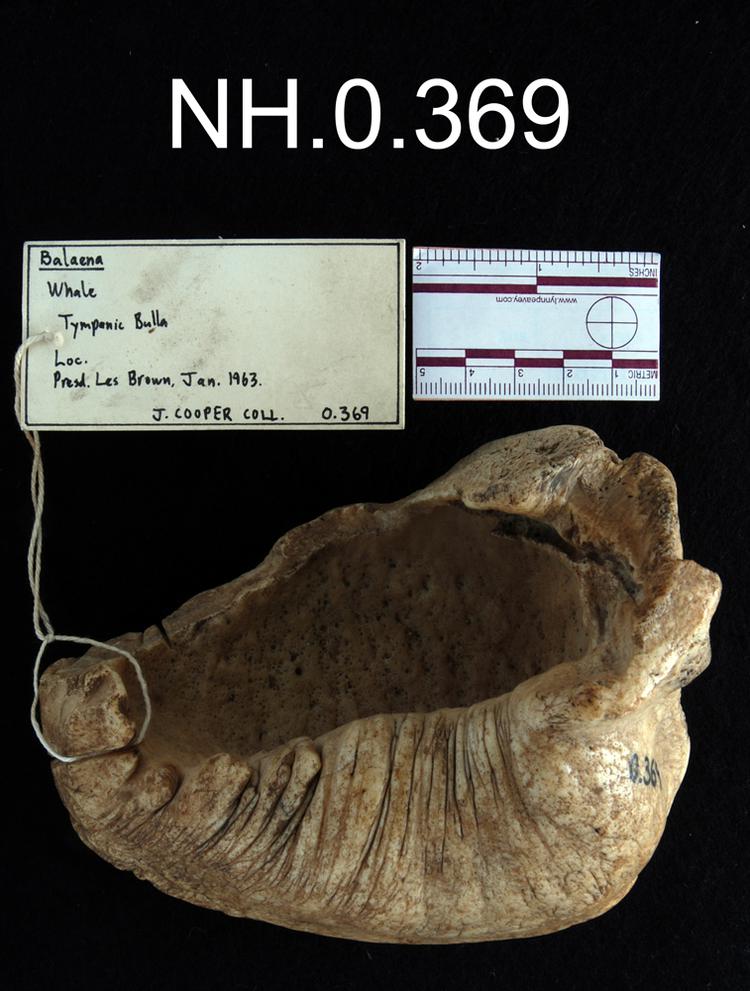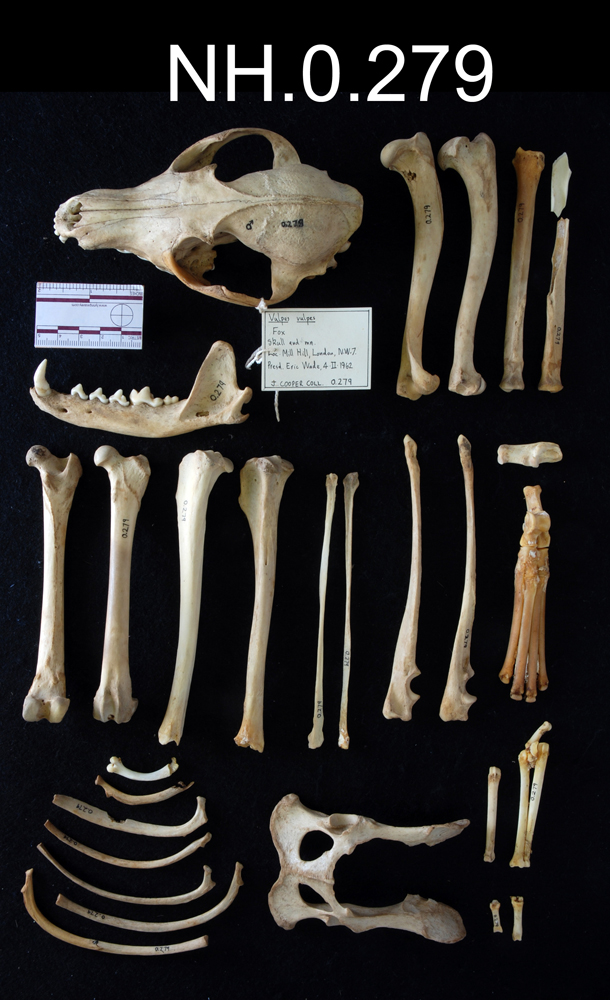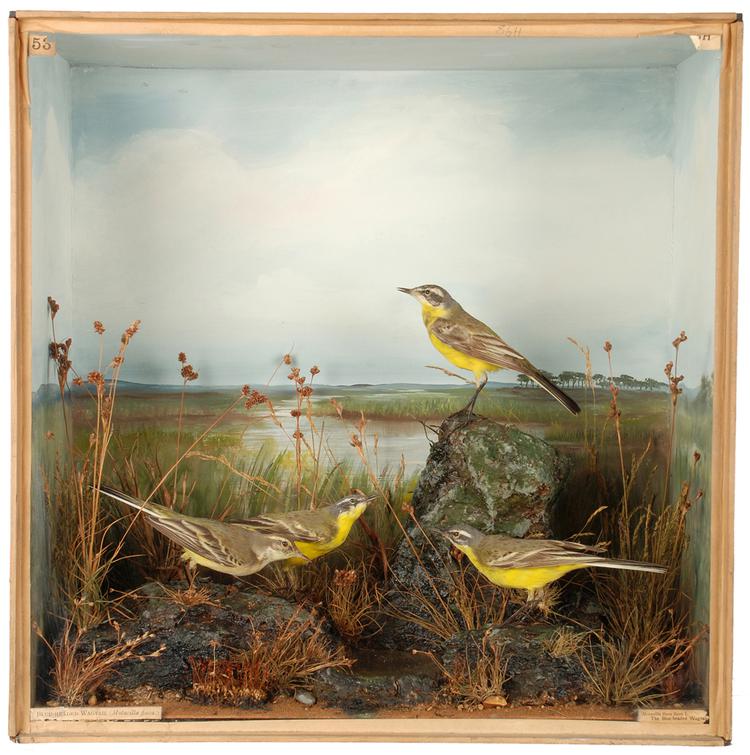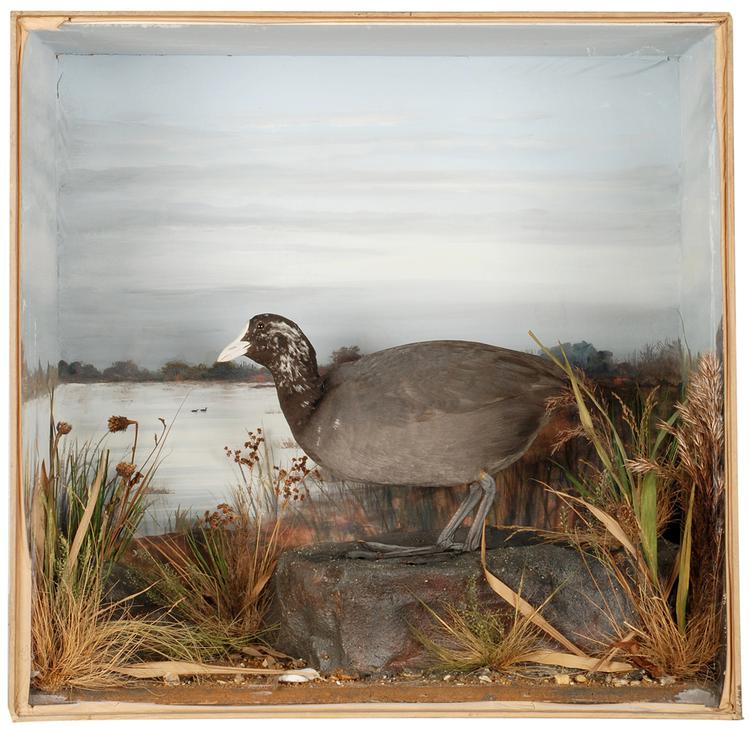Bird on a perch with incised black eye.
Ivory was one of the materials that fuelled the ‘scramble for Africa’ as ivory was used to make lots of different commodities, such as piano keys.
In the late 20th century, the rapid growth of Asian economies such as Japan's created new markets for the ivory of African elephants. Lucrative prices led to a bloodbath in the bush that saw Africa's elephant population plummet from an estimated 1.2 million to 600,000 in the space of a little more than a decade.
Zanzibar Island on the East African coast, where this object comes from, has long been associated with the ivory trade. Slaves were made to carry ivory from the interior to the coast. Over the years the slave and ivory trades were to become the main sources of income to the merchants of Mombasa and Zanzibar. The ivory was the softest and largest in the world (some tusks requiring four men to lift them).






